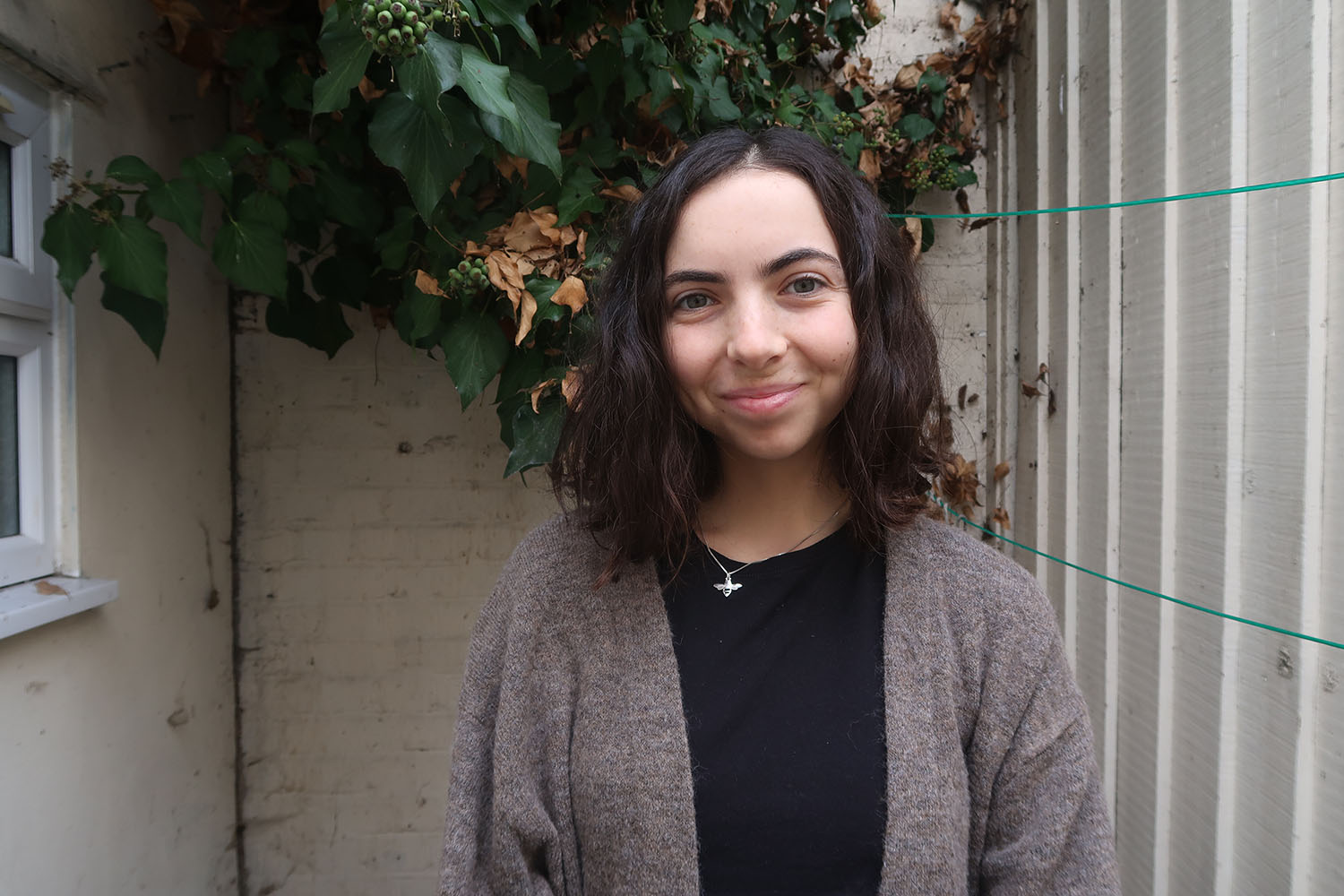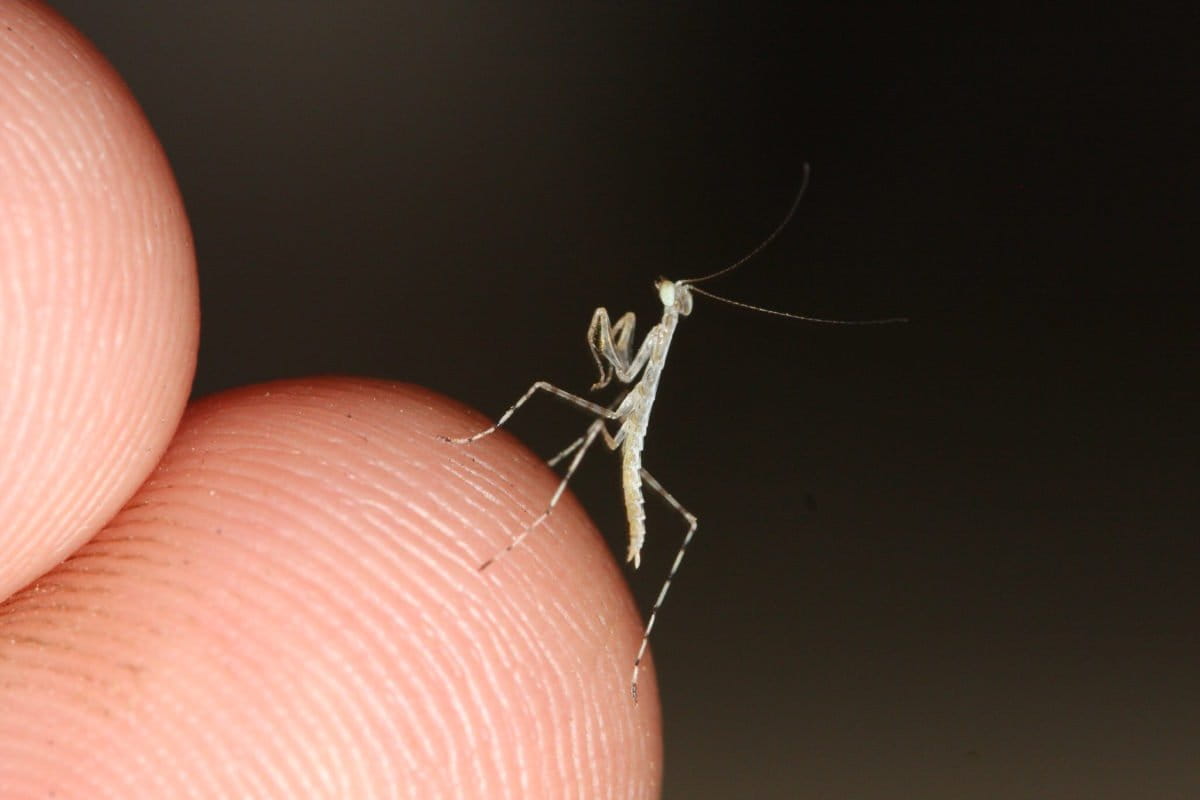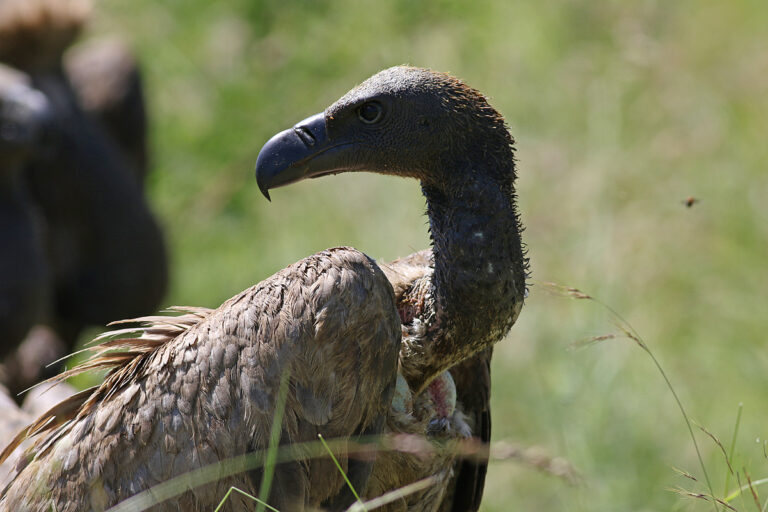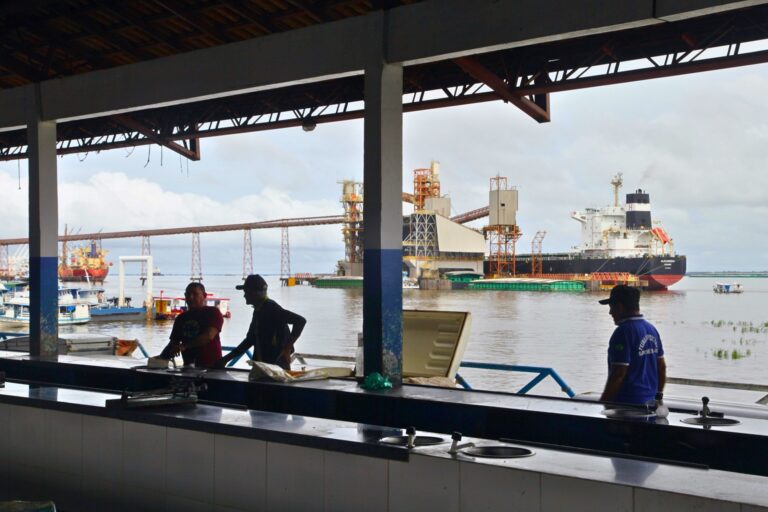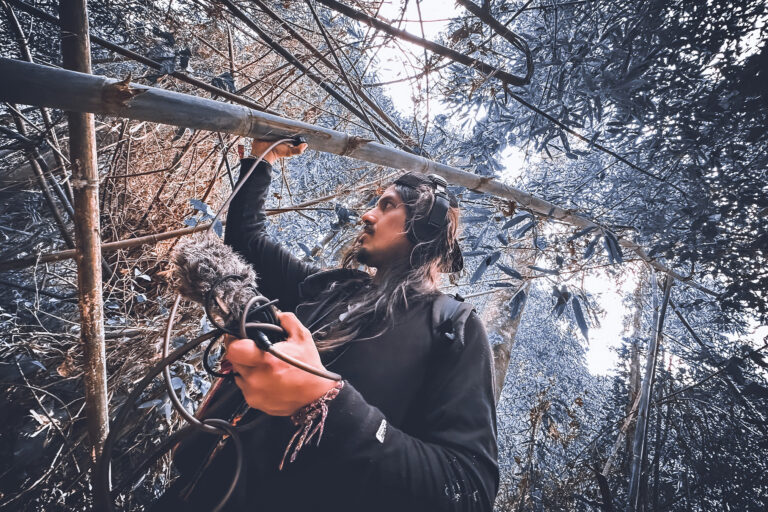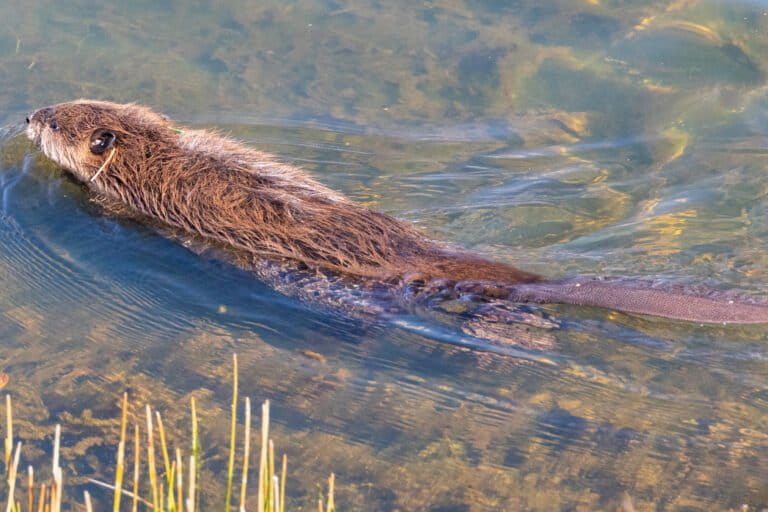- After the U.S. government announced large cuts to USAID funding earlier this year, NGOs that relied on it were left in a state of uncertainty, with some needing to suspend activities or lay off staff.
- NGOs like World Neighbors that relied largely on private funding say this focus comes with several advantages and has helped it continue its work with little interruption after the USAID cuts.
- While government funding is often vulnerable to fluctuations in national politics, private funding also comes with its own challenges, such as smaller grants and more competition.
- Experts say a blend of government and private funding could be the best option for international NGOs seeking to support Indigenous peoples and other local communities to conserve or restore their lands.
Dramatic cuts to USAID funding earlier this year have slammed conservation organizations around the world. But some NGOs, like World Neighbors, have been able to continue their conservation projects with little disruption — thanks in part to their reliance on private rather than government funding.
This approach, which focuses on funding from family foundations and corporate grants, has so far allowed World Neighbors to weather the unstable financial environment, Kate Schecter, the organization’s CEO, told Mongabay. Only its program in Indonesia and Timor-Leste, which received funding from USAID, was impacted.
“We don’t get millions and millions of dollars from these individual donors,” she added. “However, their passion and their commitment to our mission lasts much longer than a one- or two-year grant that you might get from USAID.”
In the Peruvian Andes, WN found that its project to help communities build nine qochas, artificial water bodies constructed using ancient agricultural techniques to collect and store water, faced little disruption. The project, still ongoing, has helped save more than 56,000 cubic meters (12.3 million gallons) of water, improving water access for 31,664 people in 44 communities across the regions of Apurímac and Ayacucho.
“We’re not a one-sector organization,” Schecter said. “We don’t just focus on water or agriculture. We believe that if these communities are going to be self-sustaining and if they’re going to be able to operate without our support, we need to address all the issues in the community.”
For these purposes, private donors work because they allow the NGO to take a holistic approach to development, addressing all of a community’s needs. Many government grants, by contrast, focus on a single sector, such as agriculture, Schecter said.
“That can be quite restrictive. Even if it’s a cooperative agreement, which is much more flexible, you still have the problem that you know we are going to be looking at everything, and they’re only looking at one or two sectors,” she said.

Other organizations which rely on private funding or don’t receive government funding, like Indigenous rights NGO Survival International and the environmental group Amazon Watch, say they too faced little disruption from USAID cuts.
But researchers say private funding comes with its own set of challenges. For one, the funding available is often much smaller than a USAID grant, and the competition for it is greater, they say. There’s also a lot of work that goes into securing private funding. This additional load includes long-term relationship building and proposal writing. While some private funders are prepared to provide long-term grants, others are not.
Economics experts told Mongabay that a blend of government and private funding may be the best option for international NGOs looking to support Indigenous peoples and other local communities conserve or restore their lands, as both funding options come with challenges.
Improving water access in Peru
For almost 75 years, World Neighbors, based in the U.S., has worked to support communities in ecologically fragile areas. The key to its success so far has been its long-term, holistic approach to development, made possible thanks to flexible and long-term funding from private donors over the years, Schecter said.
WN currently works with 668 communities from 14 countries around the world. According to its 2024 annual report, it has “graduated” 49 communities, which is the last stage in its five-step model, when families become self-sufficient and no longer require the assistance of the organization.
For many years, the Peruvian regions of Apurímac and Ayacucho, where WN carries out its water improvement project, had suffered from a decline in water availability due to climate change impacts such as glacial retreat and decreased rainfall, as well as unsustainable resource management. Lionel Vigil Angulo, WN’s regional director for Latin America and the Caribbean, said this has impacted the cultivation of potatoes, corn, fava beans, quinoa and other crops grown by local farmers.

“For a long time, we suffered from a lack of water for irrigation,” Felix Ramos, a farmer from the Quispimarca community, told Mongabay by text message. “We couldn’t plant. But with this construction of the qochas, we now have irrigation to be able to plant our fields.”
Since the qochas were constructed six years ago, there’s been better distribution and storage of water, preventing shortages during dry periods, Vigil said. The qochas have restored ecosystems in the Andean headwater basin, benefiting wildlife such as native vicuñas (Lama vicugna) and Andean flamingos (Phoenicoparrus andinus).
Government vs. private funding
According to a 2022 report from the United Nations Environment Programme (UNEP), around $100 billion of the annual $120 billion invested by the G20 group of richest countries for nature-based solutions came from public (government) sources. But as the recent cuts to USAID revealed, public finance for nature conservation can be unstable and limited.
Government funding is often vulnerable to fluctuations in fiscal policy, differing priorities and budget restrictions which, as recent research has shown, further adds to its instability.
For Camino Verde, an NGO that runs reforestation programs in Peru’s Madre de Dios and Loreto regions, the USAID cuts caused some disruption to its work in native communities. Although the organization didn’t rely on funding from USAID directly, two partners that provided it with funding or hired it for consultation work were significantly impacted, Camino Verde founder and executive director Robin Van Loon told Mongabay in a video call.

“In January, suddenly, a piece of our budget that was more than a quarter of our annual budget just sort of disappeared,” Van Loon said. “It was definitely a shock when we received the news from these partners.”
As a result, Camino Verde had to put some of its projects on pause while seeking out new funding sources to reboot them.
“All the preparation for proposals that you do for the USAID grants also have to be done for individuals and corporate and foundation RFPs [requests for proposals],” Schecter said. “It’s not that one is just a handshake and the other is a very complex proposal. There’s also quite a bit of proposal writing that goes into it and then reporting and monitoring and all of the things that you would have to do for a USAID grant.”
Jesper Beverdam, a doctoral student on financial instruments for sustainable landscapes at the University of Groningen in the Netherlands, told Mongabay by email that private funders aren’t always interested in providing long-term grants for biodiversity conservation or restoration projects. “Most private financiers want financial returns and they’d rather have them relatively quickly, or be able to easily switch to investing somewhere else,” he said.
Schecter said it can be a “turnoff” to funders when they find out applicants are seeking funding for the next eight to 10 years. “You’re rarely going to get anybody who is going to give you that kind of funding,” she said. “But once you explain to them that we’re not a flash in the pan, and that we’re really in the business of making sure these communities have developed all of the skills they need to be independent and self-sufficient,” then they’re more likely to trust in the organization.
Private funding for environmental conservation projects is also limited, as Rob Daniel, a principal consultant at Eunomia, a global environmental research and consulting firm, told Mongabay by email. According to estimates, as of 2019, spending on biodiversity conservation ranged from $124 billion to $143 billion per year, against an estimated annual need of $722 billion to $967 billion. About 6% of this funding came philanthropy, conservation NGOs and green financial products — sectors considered to be private financing. Biodiversity offsets, which are a mechanism to “cancel out” the damage caused to nature by paying for reparations elsewhere, provided 6%, while natural infrastructure investments, which refers to finance for the conservation of natural habitats, provided 20%.

With the cuts to USAID, the funding space has become more saturated and competitive, Van Loon said, as recipients once reliant on government funding scramble to apply for the limited nongovernmental grants available.
Sustainable finance experts told Mongabay that both government and private funding come with their own advantages and disadvantages, and these depend on the type and size of the NGO. Both Daniel and Beverdam recommend a blended approach, particularly when it comes to projects that support Indigenous peoples and other local communities.
For private finance to make a positive impact, “impact metrics should cover social, ecological and cultural dimensions, not just financial or carbon returns,” Daniel said. “Financing should preferably adopt a long-term perspective, prioritizing ecological integrity and community resilience over short-term financial returns.”
Banner Image: Qochas provide several essential benefits for communities in Peru’s Apurímac and Ayacucho regions, such as reliable access to water to cultivate food. Image courtesy of World Neighbors.
Citations:
Carrivick, J. L., Davies, M., Wilson, R., Davies, B. J., Gribbin, T., King, O., … Ely, J. C. (2024). Accelerating glacier area loss across the Andes since the Little Ice Age. Geophysical Research Letters, 51(13). doi:10.1029/2024GL109154
Beverdam, J., Hubacek, K., Scholtens, B., & Sijtsma, F. (2025). Improving biodiversity resilience requires both public and private finance: A life-cycle analysis of biodiversity finance. Ecological Economics, 234, 108607. doi:10.1016/j.ecolecon.2025.108607


